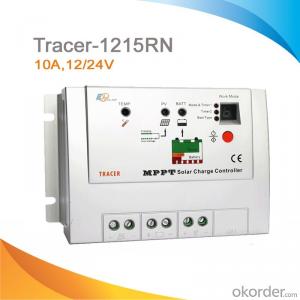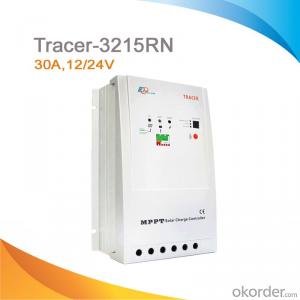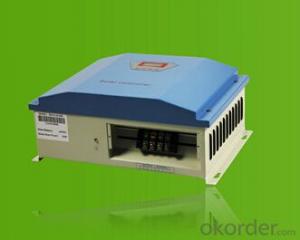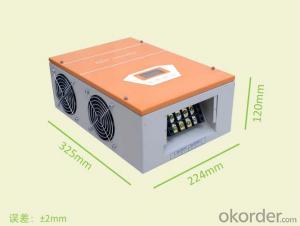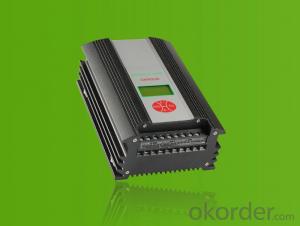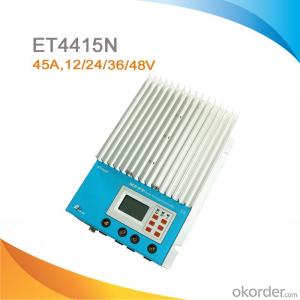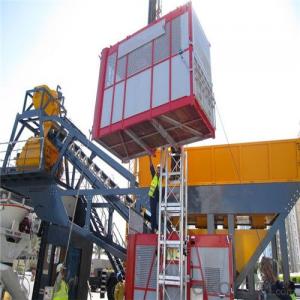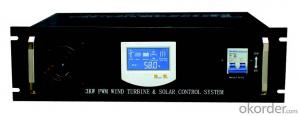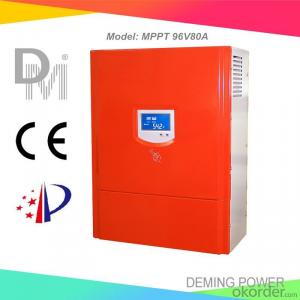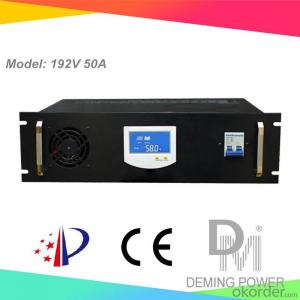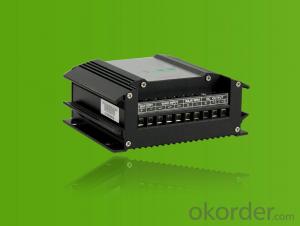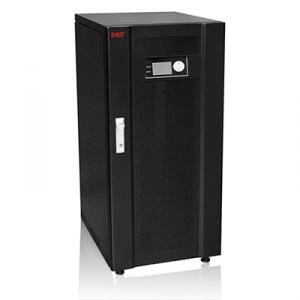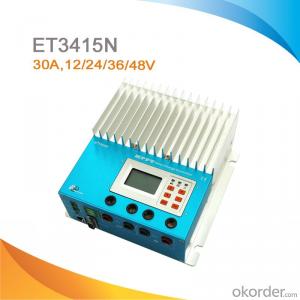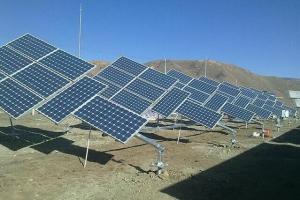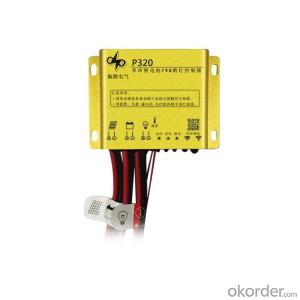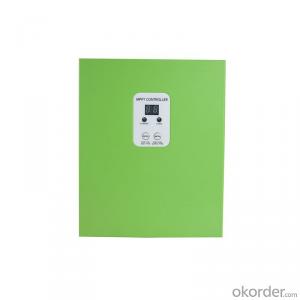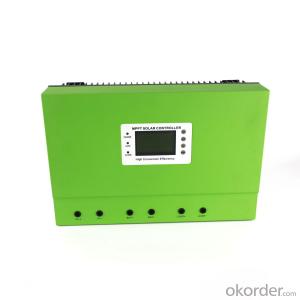Tracer Mppt Solar Controller
Tracer Mppt Solar Controller Related Searches
Mppt Solar Inverter 12 Volt Mppt Solar Inverter 24v Tracer Mppt Solar ControllerHot Searches
China Mppt Solar Inverter Mppt Solar Inverter Price Solar Charge Controller Price List Solar Charge Controller Specification Solar Charge Controller Price List Solar Charge Controller Specification Solar Charge Controller Price List Solar Charge Controller SpecificationTracer Mppt Solar Controller Supplier & Manufacturer from China
Okorder.com is a professional Tracer Mppt Solar Controller supplier & manufacturer, offers integrated one-stop services including real-time quoting and online cargo tracking. We are funded by CNBM Group, a Fortune 500 enterprise and the largest Tracer Mppt Solar Controller firm in China.Hot Products
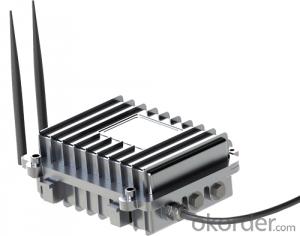
Internet of Things Wireless Centralize Controller Remote Monitor System MPPT Solar Charge Controller
FAQ
- The maximum charging current of a solar controller depends on the specific model and its design specifications. It can vary widely, ranging from a few amps to several hundred amps, depending on the size and capacity of the solar controller.
- Absolutely! Off-grid solar systems can definitely benefit from the use of a solar controller. In fact, it is an absolute necessity for any off-grid solar setup. The solar controller, also referred to as a charge controller, plays a crucial role in regulating the flow of charge from the solar panels into the battery bank. It effectively prevents the batteries from getting overcharged when there is ample solar input and safeguards them from getting fully depleted during times of low solar input. By doing so, it significantly enhances the longevity of the batteries and ensures they deliver peak performance. Furthermore, solar controllers often come equipped with extra functionalities like load control and monitoring capabilities, which further solidify their importance as an indispensable component in off-grid solar systems.
- The maximum cable length between solar panels and a solar controller can vary depending on factors such as the type of cable used, the system voltage, and the specific manufacturer's recommendations. However, in general, it is recommended to keep the cable length between solar panels and a solar controller below 100 feet to minimize power loss and maintain optimal system performance.
- Yes, solar controllers are necessary for small solar panel systems. Solar controllers, also known as charge controllers or regulator, are essential components in any solar power system. Their main function is to regulate and control the power flowing from the solar panels to the battery or grid. For small solar panel systems, solar controllers play a critical role in protecting the battery from overcharging or discharging. When the sun is shining and the solar panels are generating excess power, the controller ensures that the battery is not overcharged, which can damage the battery and decrease its lifespan. Conversely, during periods of low sunlight or at night, the controller prevents the battery from discharging too much, which can also cause damage. Moreover, solar controllers help to optimize the charging process by maximizing the efficiency of the solar panels. They use various techniques such as pulse width modulation (PWM) or maximum power point tracking (MPPT) to ensure that the solar panels are operating at their peak power output. This helps to capture the maximum amount of energy from the sun and charge the battery more effectively. In addition to these functions, solar controllers often include additional features such as temperature compensation, load control, and digital displays to provide information about the system's performance. These features can be particularly useful for small solar panel systems where monitoring and control are important. Overall, while solar controllers may add some cost to the system, their benefits far outweigh the expense. They are necessary components for small solar panel systems to ensure the efficient and safe operation of the system, prolong the battery's lifespan, and maximize the solar panels' performance.
- Solar panels connected to a solar irrigation system can indeed utilize a solar controller. This device, also referred to as a charge controller, holds great importance in a solar power system as it governs the flow of electricity from the panels to either the batteries or the load directly. When it comes to a solar irrigation system, the panels harness electricity from sunlight to operate the motor or pump responsible for irrigation. The solar controller guarantees proper management and optimization of the electricity generated by the panels to cater to the irrigation system's requirements. Furthermore, the solar controller assumes a critical role in safeguarding the batteries, if applicable, against excessive charging or discharging, effectively prolonging their lifespan. Some solar controllers even offer advanced features such as MPPT (Maximum Power Point Tracking) technology, which maximizes power extraction from the panels, thereby bolstering the system's overall efficiency. In conclusion, a solar controller is an indispensable component for a solar irrigation system, ensuring efficient power management, battery protection, and optimal system performance.
- Yes, a solar controller can be used with solar panels of different orientations. The solar controller's main function is to regulate the charging of batteries by converting the solar panel's output to a suitable voltage and current. It does not depend on the orientation of the solar panels, as long as they are connected properly and generating sufficient power.
- A solar controller uses a built-in voltage regulator to monitor the battery's charge level. When the battery voltage drops to a certain threshold, the controller disconnects the solar panel from the battery to prevent further discharge. This protection mechanism ensures that batteries are not over-discharged, which can cause damage and reduce their lifespan.
- Yes, a solar controller can be used with solar-powered indoor hydroponics systems. A solar controller is designed to regulate and control the flow of electricity from solar panels to the connected devices or batteries. In an indoor hydroponics system, solar controllers can be used to manage the power supply from solar panels to the lighting systems, water pumps, and other electrical components. By using a solar controller, you can ensure that the energy generated by the solar panels is efficiently utilized and properly distributed to maintain optimal conditions for plant growth in the hydroponics system.

